Tiina Itkonen is Photographing Greenland’s Cultural History
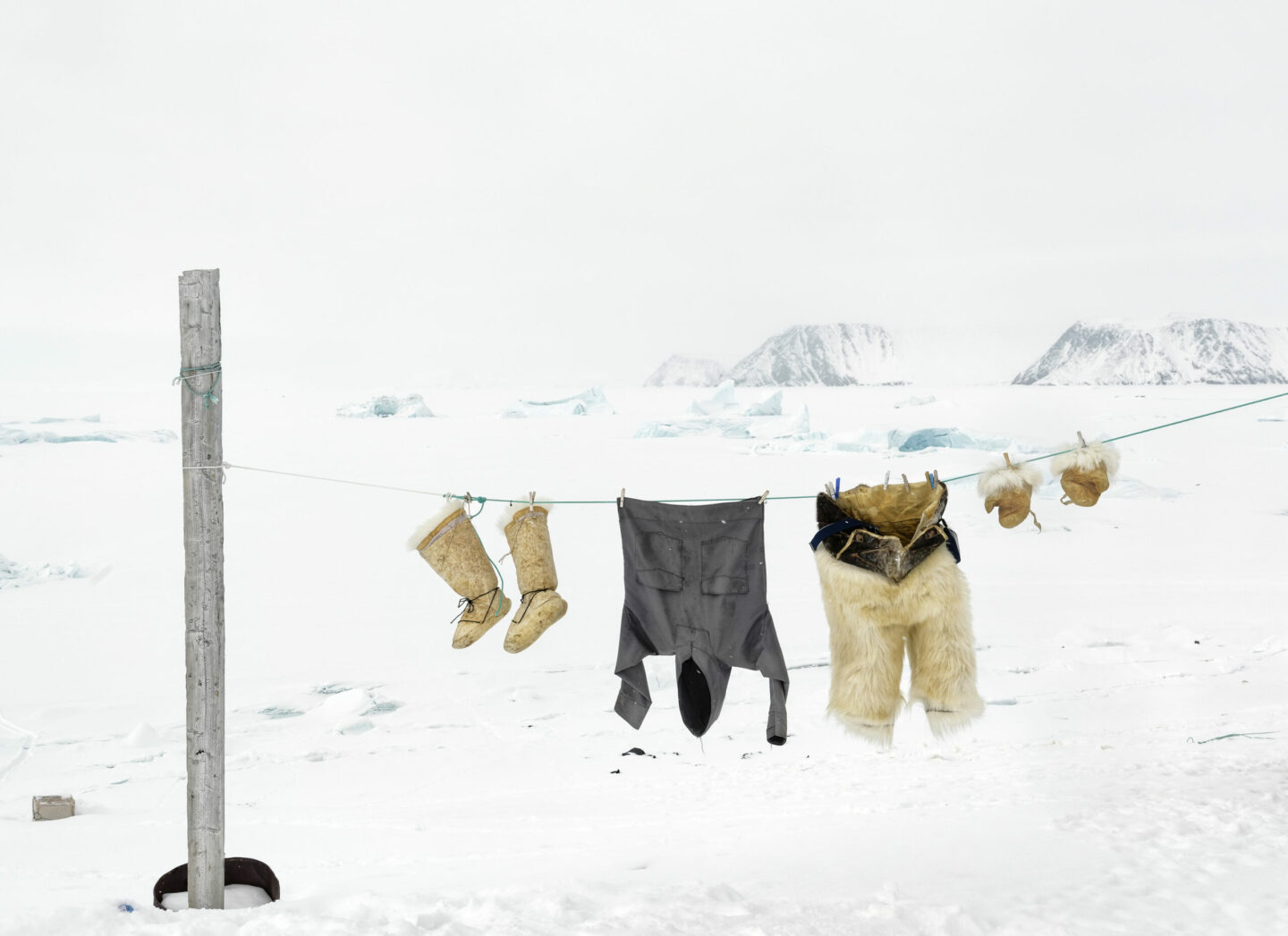

Words: Chris Erik Thomas.
Tiina Itkonen’s lens has always been focused on Greenland. Since 1995, the Finnish artist has journeyed to the country’s remote lands to photograph the vistas and its diverse inhabitants. In this time, she has traveled over 1,500 kilometers by way of everything from dog sleds and sailboats to helicopters and oil tankers — capturing the sights and stories of the Greenlandic people.
With an anthropological eye, Itkonen has not only captured snapshots of its residents but also documented shifts and changes to the natural environment over a span of nearly 20 years. Thus, her works not only document personal experiences in ice and snow but have also presented a powerful and striking case for climate protection. The many series she’s produced have captured viewers at the 54th Biennale de Venezia, Danish National Museum of Photography, Kunstmuseum Wolfsburg, and many other venues.
Beyond just her photographic work, Itkonen has also bridged the barrier between art and science. For years, she has partnered with polar explorer Dr. Kristin Laidre and writer Susan McGrath on the “Piniartoq (Hunter)” series, which explores the relationships and interconnections between polar bears, people, communities, and climate change. Their goal is, simply, to show what we are fighting for in the battle to slow climate catastrophe.
Recently, we spoke with the artist about what inspired her photographic relationship with Greenland, the lessons she’s learned from the Inuit people, and the dire consequences of climate change.
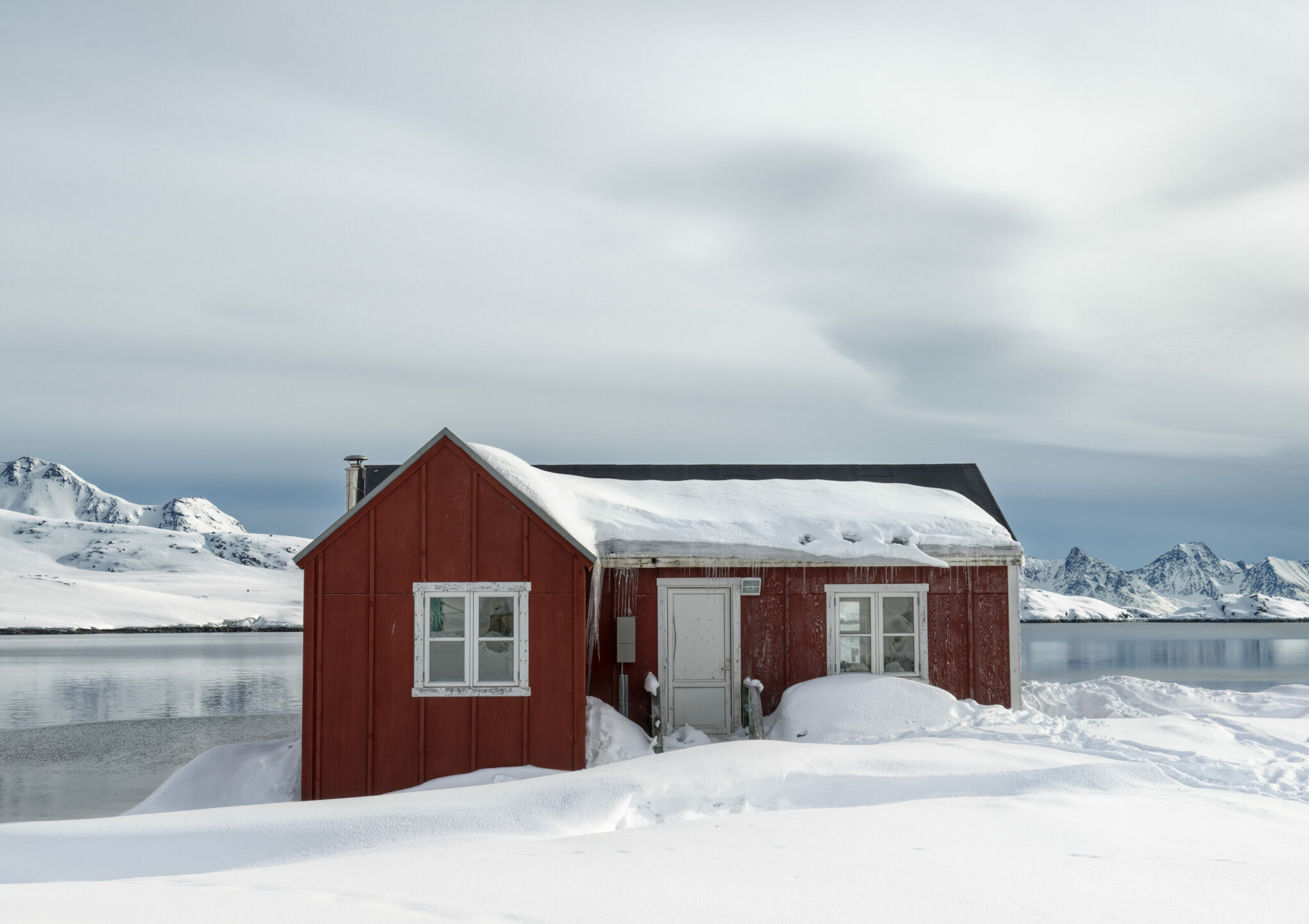
Tiina Itkonen: Home 11, Kuummiut, 2017 From the series Home, Archival pigment print, Framed 60 x 85 cm, © the artist, courtesy: Persons Projects
What have you learned about the people and the environments you’ve photographed?
I have a respect for the Inuit way of life. They live in harmony with nature and they know how to exist in cold climates. They take what they need to survive from the land and sea and share it with others. Their relationship with their environment gives them a wide understanding of animals and nature.
I have spent a lot of time with Inuit people in Northwest Greenland. Inuit live according to the weather and the seasons. If the weather permits, the men set out to hunt or fish or families may travel to a neighbouring village to visit relatives. During the bad weather everybody stays at home — helicopters and planes remain grounded and the boats stay in port. People say “Immaqa aqagu…” or “maybe tomorrow”. Once I waited for the flight from Qaanaaq to Ilulissat for one week because of the bad weather.
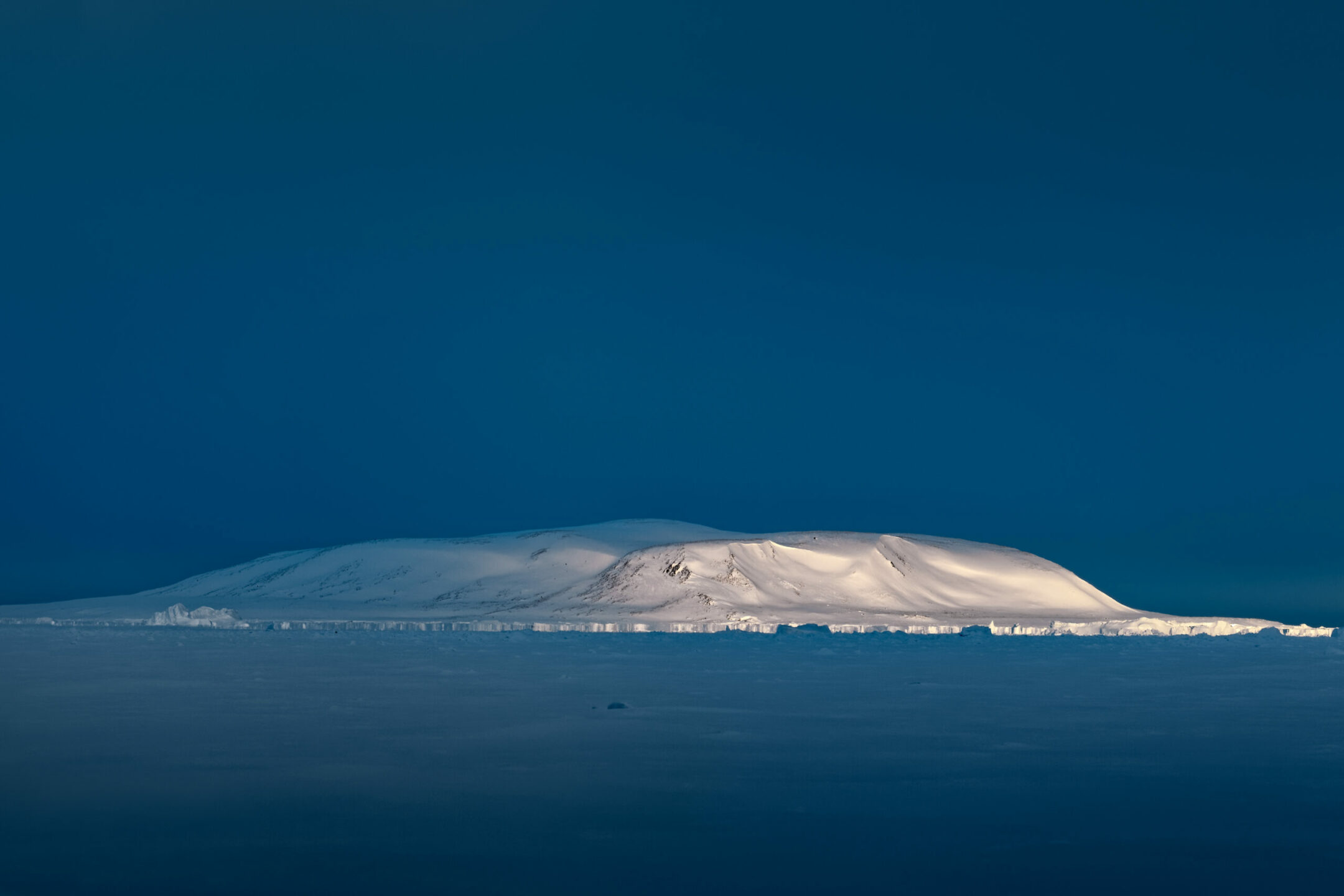
Tiina Itkonen: Sunset, Savissivik, 2016 From the series Piniartoq, Archival pigment print, framed 80 x 120 cm, © the artist, courtesy: Persons Projects
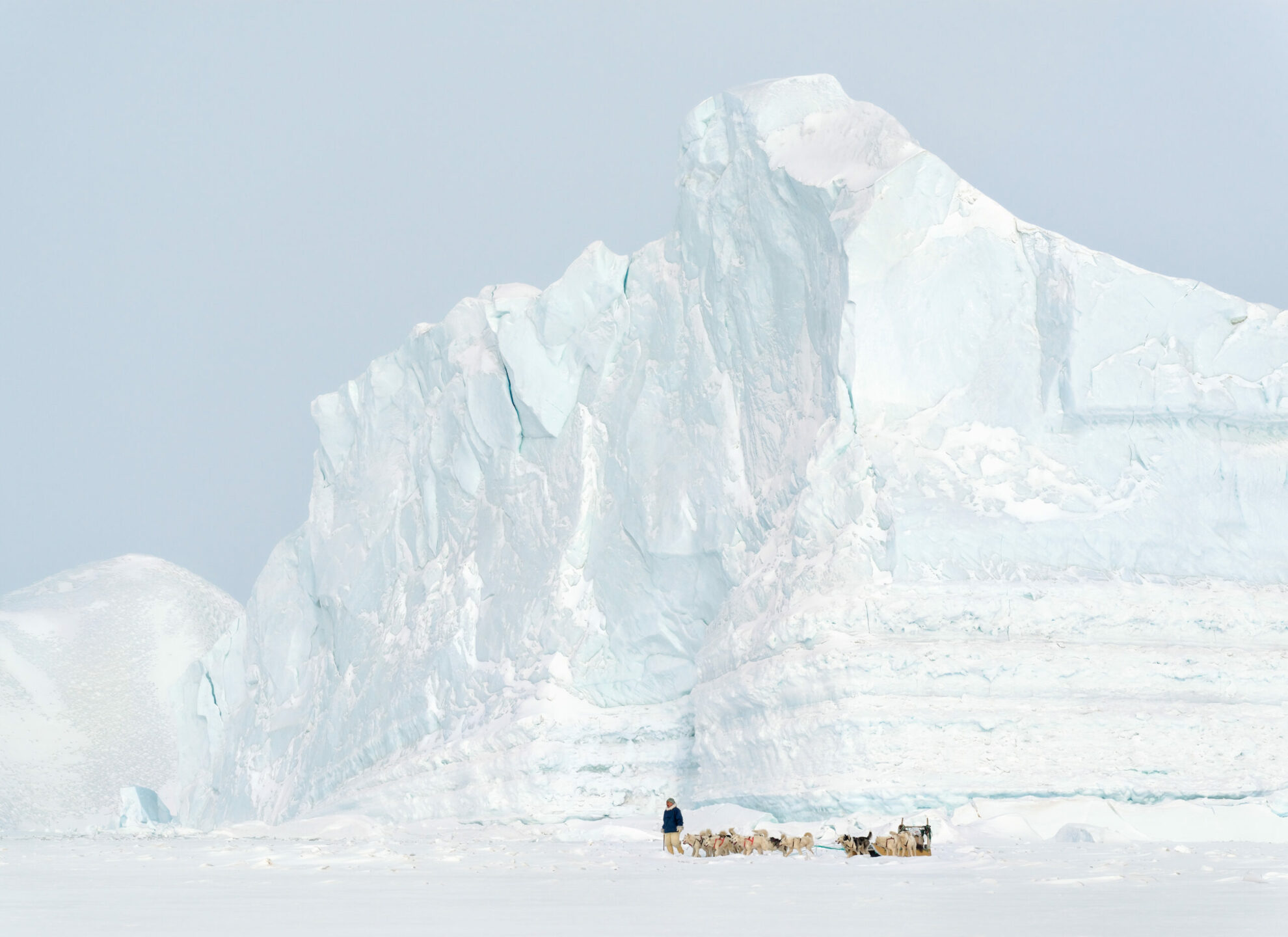
Tiina Itkonen: On Sea Ice 01, Qaanaaq, 2019 From the series Piniartoq, Archival pigment print, framed 80 x 110 cm, © the artist, courtesy: Persons Projects
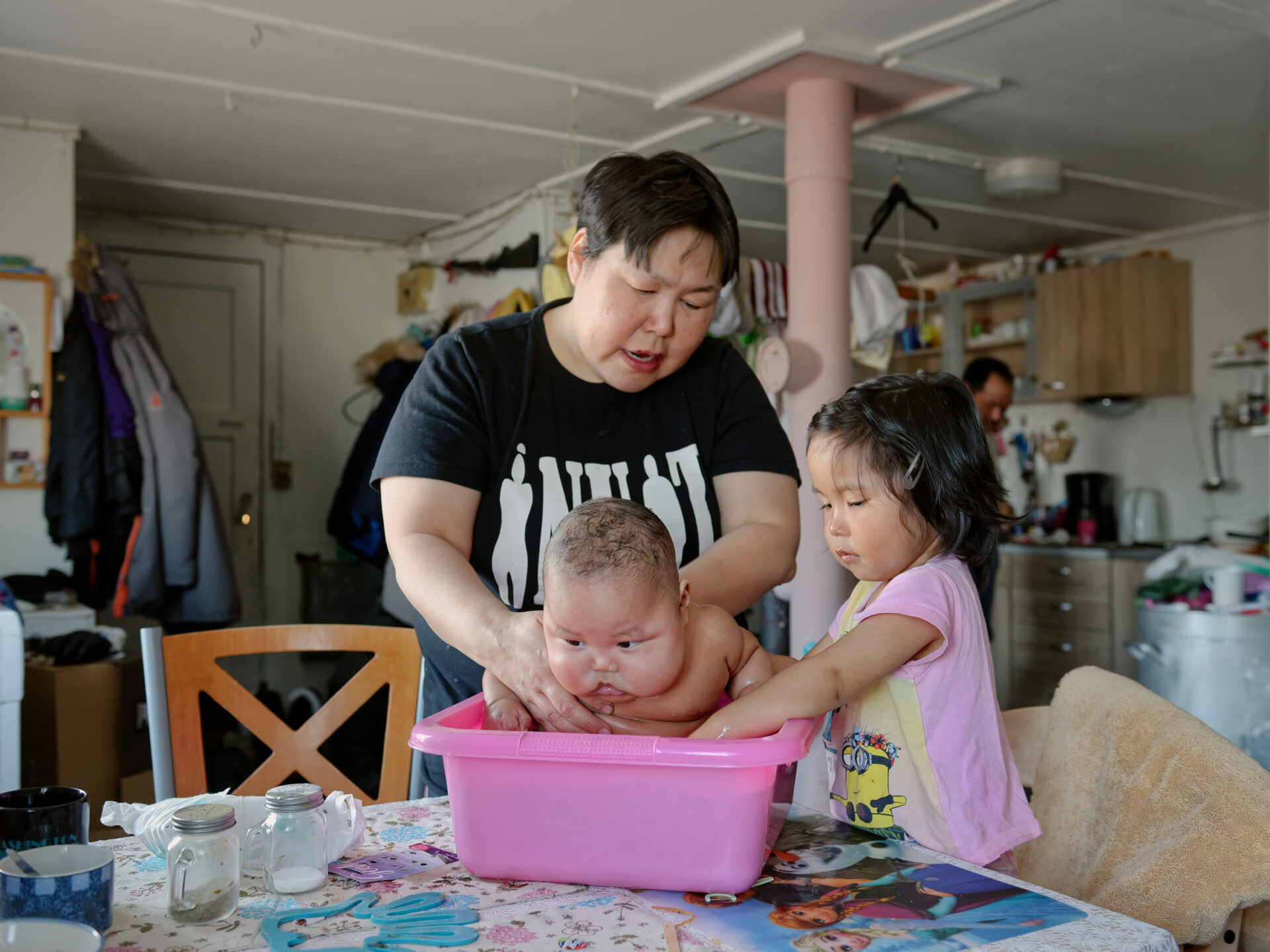
Tiina Itkonen, Meqo and Malu washing William, Savissivik, 2018 From the series Piniartoq, Archival pigment print, framed 60 x 80 cm, © the artist, courtesy: Persons Projects
You once said that slowness is important to your work. Can you talk more about that?
I used to photograph for Finnish magazines and always had a feeling of being rushed. Now when working on my own, I can have as much time as I want. In small settlements, nobody is in any hurry anywhere. There is as much time to do things as they require. There is also time for other people. I easily adapt to this kind of slow rhythm. I do not always take photographs on my first visit to someone; we drink tea and I like to hear who is related to whom. The Inuit are like a big family, they are all related to each other.
Can you walk through your working process?
Nowadays I use a digital camera so I can look through the files after shooting. When I am back at home, I look through the files several times and make A4 size prints before selecting the final ones for the exhibition. Earlier when using analog cameras, I developed the film when I got back home. It was always an exciting moment to see the film for the first time.
When do you like to shoot the most? Are there any specific times in the day (or year) you prefer?
My favourite time to travel to Greenland is in April. The sea is still frozen in North Greenland. There is more light then, but it’s not so cold anymore. I like when it is cloudy, as the sun can sometimes be too bright. In summer, I like to shoot in the middle of the night as it is light for 24 hours.
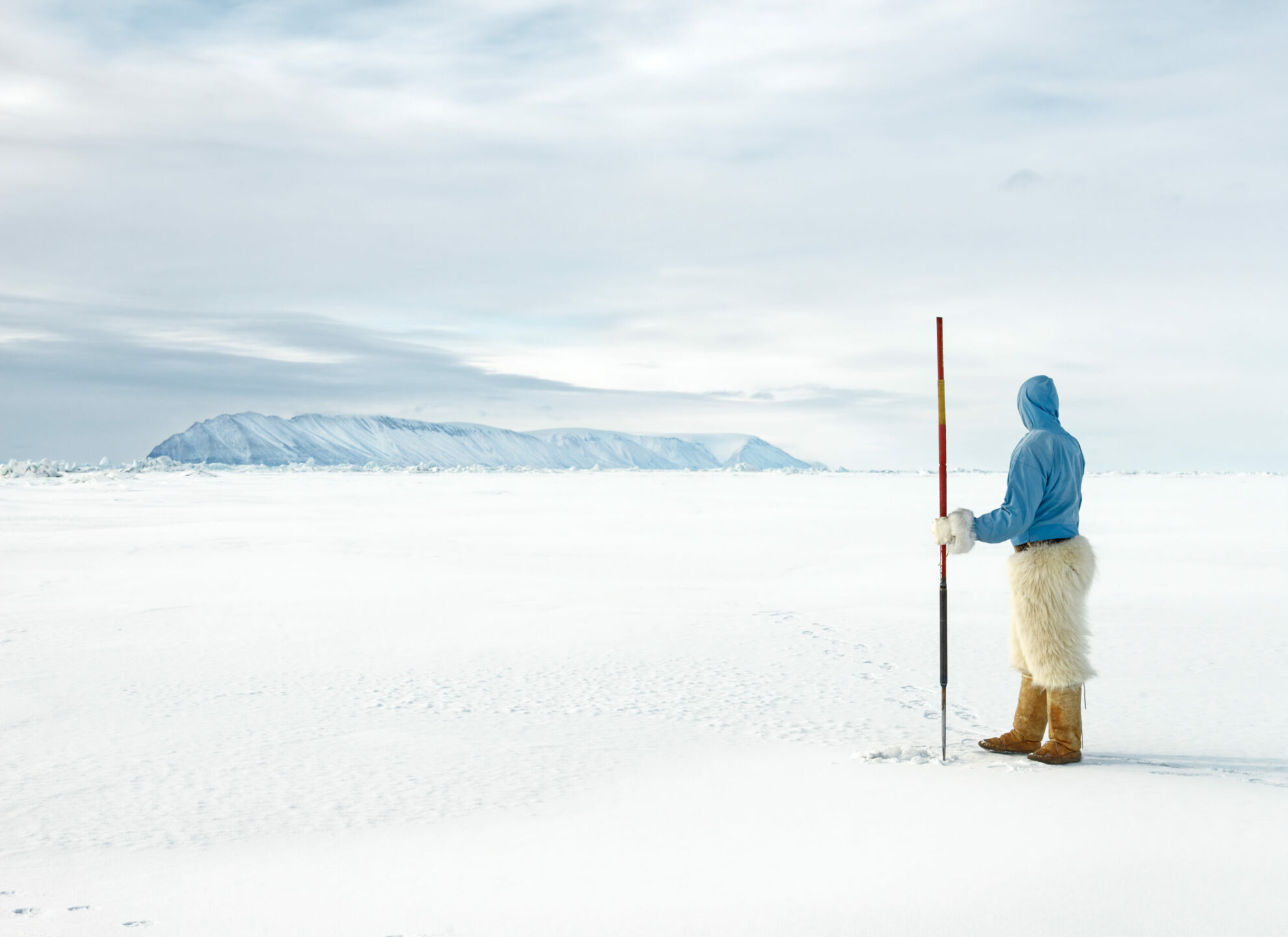
Tiina Itkonen, Qeqertarsuaq, Qaanaaq, 2019 From the series Piniartoq, Archival pigment print, framed 80 x 110 cm, © the artist, courtesy: Persons Projects
From September 25, 2022, through February 12, 2023, the Museum Sinclair-Haus in Bad Homburg, Germany, is hosting the group exhibition “Eternal Ice”, which includes works by Tiina Itkonen and many other artists.
Chris Erik Thomas is the Digital Editor of Art Düsseldorf. They work as a freelance writer and editor in Berlin and focus primarily on culture, art, and media. Their work can also be seen in Highsnobiety, The Face Magazine, and other publications.